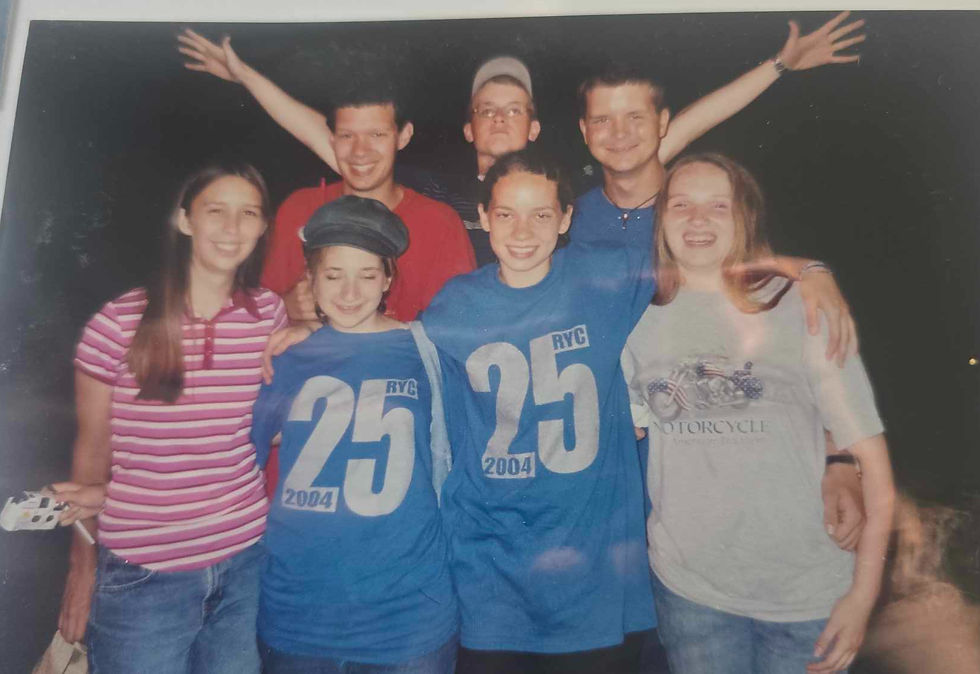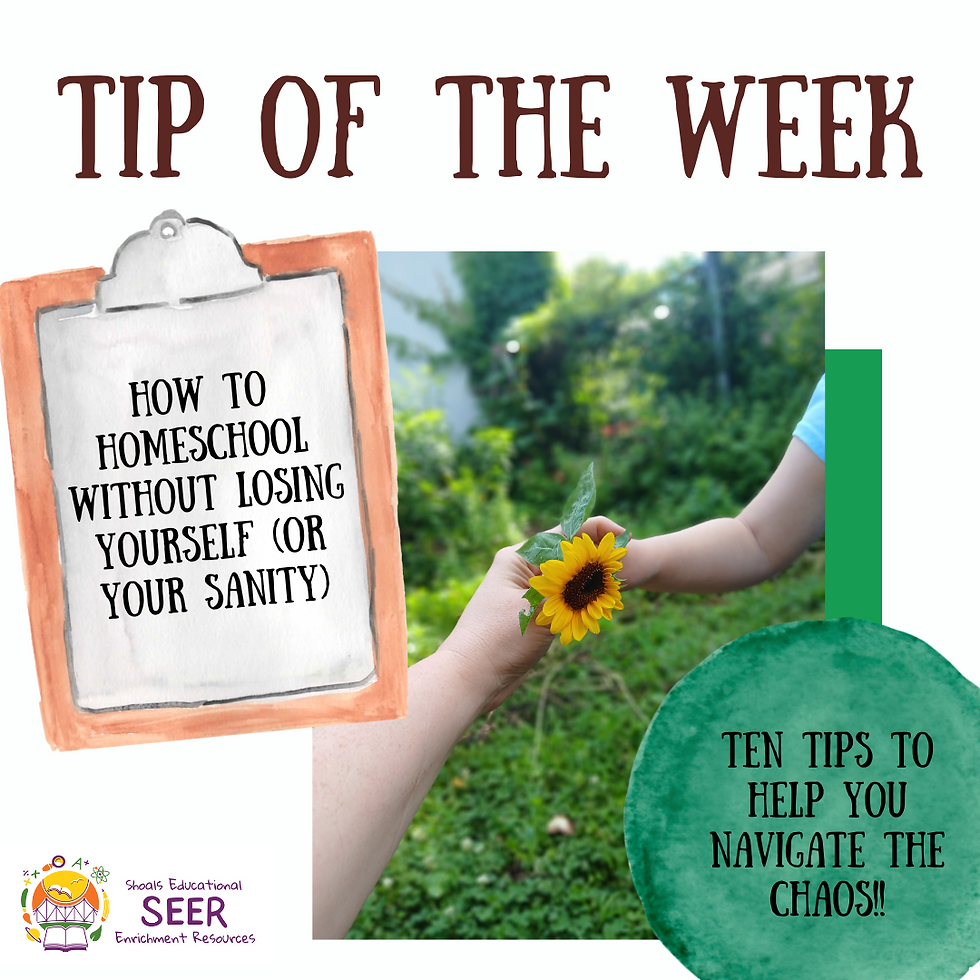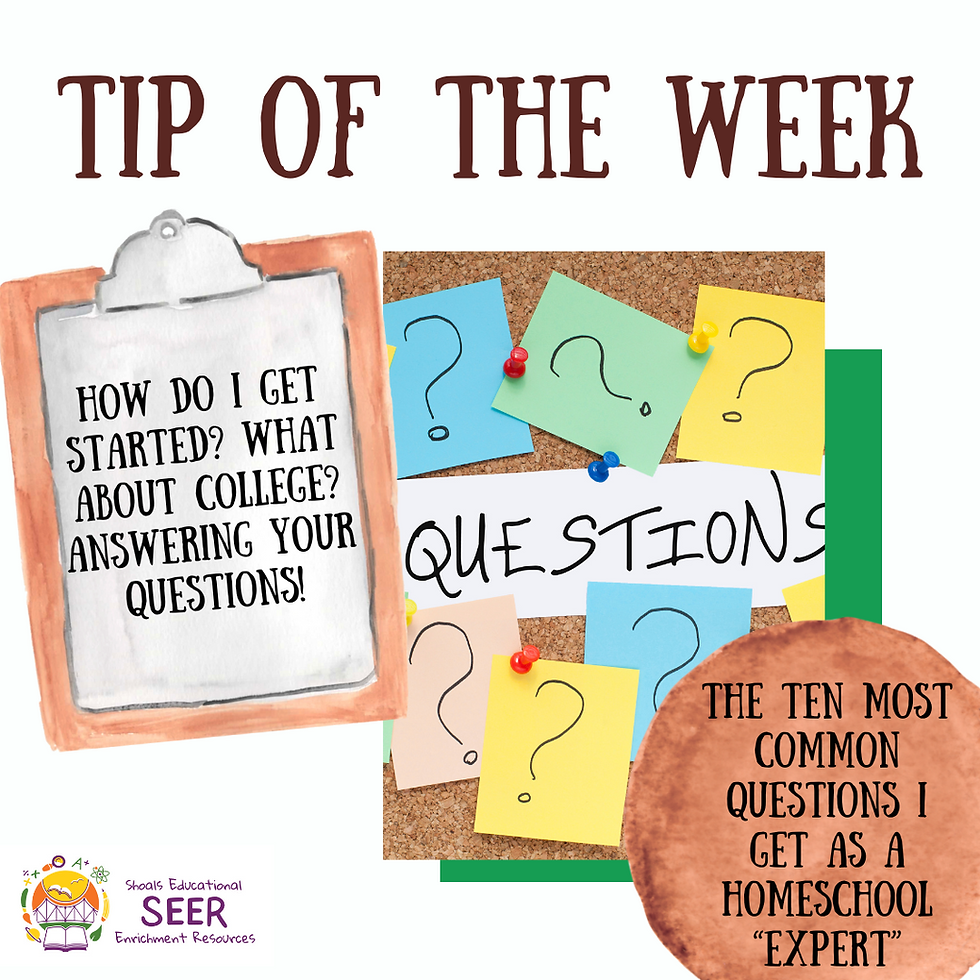Homeschooling Then and Now: Finding Connection in a Disconnected World
- shoalseer
- Jul 18
- 4 min read

Long ago in the 1990s, when I was a homeschooled kid in a tiny town in rural Mississippi, homeschooling looked very different than it does today.
Back then, most families who homeschooled did so for very specific religious reasons. That wasn’t the case for my family, which made it a little harder to find our community. But since there were so few homeschoolers around, we all banded together in one big co-op that served a 60-mile radius—and we had the best time.
We had a bowling league. We had a yearbook (a big deal in those days). And before the internet became a daily part of life, we relied on forums and word-of-mouth to find each other. If my mom wanted to check out a new curriculum, she had to drive an hour to visit another homeschooling mom who had it. No downloading samples or watching video walkthroughs—just conversation and community.
We joined library programs when we could. We spent a lot of time with extended family. It was a different era—slower in some ways, but more connected in others.

Homeschooling in the Age of Screens and Social Shifts
These days, people homeschool for a wide variety of reasons. Since COVID, the number of homeschoolers has grown dramatically. Some families started temporarily, out of necessity, and discovered they loved it. Others chose this path for flexibility, mental health, travel, academic freedom, or family bonding.
But as wonderful as this growth has been, there’s also been a shift—one that’s hard to ignore.
The rise of screens and remote everything has made it easier to stay inside and “connected” digitally, but that digital connection often comes at the cost of real, in-person relationships. And that disconnect is having a profound impact—not just on adults, but on children, too.
There’s strong evidence that we’re facing a loneliness epidemic, especially among kids.
So where does that leave homeschoolers?
Socialization in Homeschooling: A Different Path
As homeschool families, we often hear the dreaded “S” word: socialization. And yes, it matters—but maybe not in the way people outside of homeschooling think.
Our children don’t have built-in social circles. They don’t walk hallways filled with same-age peers. They don’t get invited to birthday parties just because they share a classroom. And that’s not a bad thing—but it is something we need to be intentional about.
When you’re planning out your homeschool year—choosing curriculum, picking school supplies, deciding on whether to try a co-op or stick with the one you love, adding in sports, 4-H, church groups, library programs, or volunteer work—pause and ask yourself:
Is my child getting enough unstructured play time?
Are they forming connections that help them grow into empathetic, kind, and grounded people?
Do they have opportunities to interact with people of different ages, backgrounds, who maybe don't look like they do and have different personalities?
The Power of Meaningful Relationships
Some of the most formative relationships in childhood aren't always with peers. Think back to your own life:
Was there a music teacher who sparked your creativity?
A neighbor who felt like a sibling?
A librarian who made you feel seen and special?
A coach or youth group leader who helped shape your character?
Those relationships matter deeply. And as homeschool parents, we have a unique opportunity to help create space for those connections—whether it’s through community involvement, multi-generational friendships, mentorships, or simple everyday encounters.
That’s a beautiful gift—but it’s also a heavy responsibility.

5 Practical Ways to Build Community in Your Homeschool Life
If you're looking for ways to bring more connection and community into your homeschool journey, here are some places to start:
1. Join or Start a Local Co-op
Even if it’s small or casual—meeting once a week for nature walks, crafts, or science experiments—co-ops can offer a vital sense of rhythm and shared experience. I've found that the small ones, ten families or less, tend to be the most successful and connected.
2. Get Involved in Community Programs
Libraries, 4-H, scouting, church youth groups, art classes, and enrichment classes and clubs are all great ways for your child to meet others—and for you to find support, too.
3. Make Time for Unstructured Play
Kids need time to be kids—to play freely, make up games, negotiate rules, and just be silly. Don’t overschedule every hour. Make sure they have playdates with no agenda, just time for them to form connections with each other.
4. Seek Out Mentors
Look for opportunities for your child to learn from adults outside your family—music teachers, nature guides, farmers, librarians, or local artisans can all be powerful role models.
5. Be Brave and Reach Out
Sometimes the hardest part is making the first move. Invite another homeschool family over for a picnic or ask if anyone wants to meet at the park. It might be the start of something wonderful. You have to be intentional and try to be consistent. It will benefit everyone in your family, not just your kids!

Homeschooling today is full of freedom, flexibility, and possibility. But in a world that feels increasingly disconnected, we have to work a little harder—and more intentionally—to build lasting relationships.
So as you build your lesson plans and order your books, remember: connection is just as important as curriculum.
You don’t have to do it alone—and neither does your child.
If you are local to the shoals check out the community we are building here at SEER.





Comments